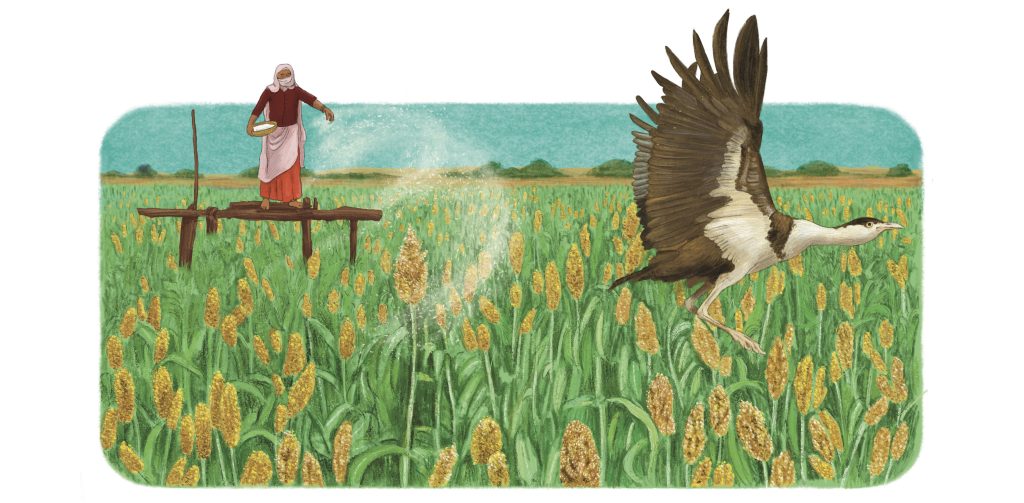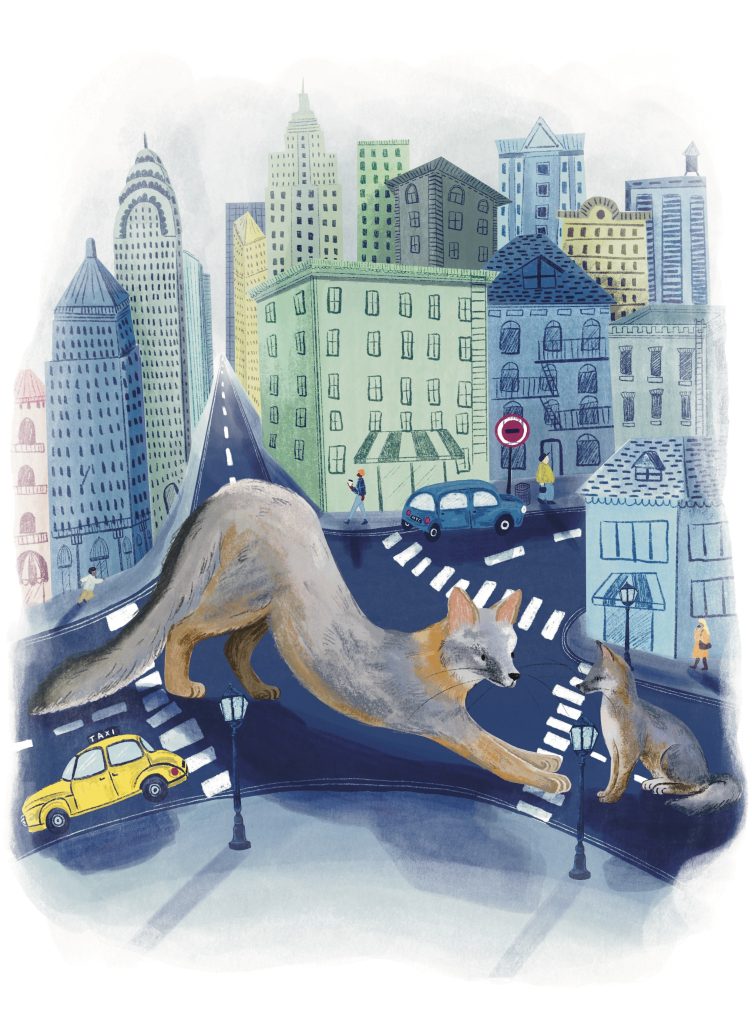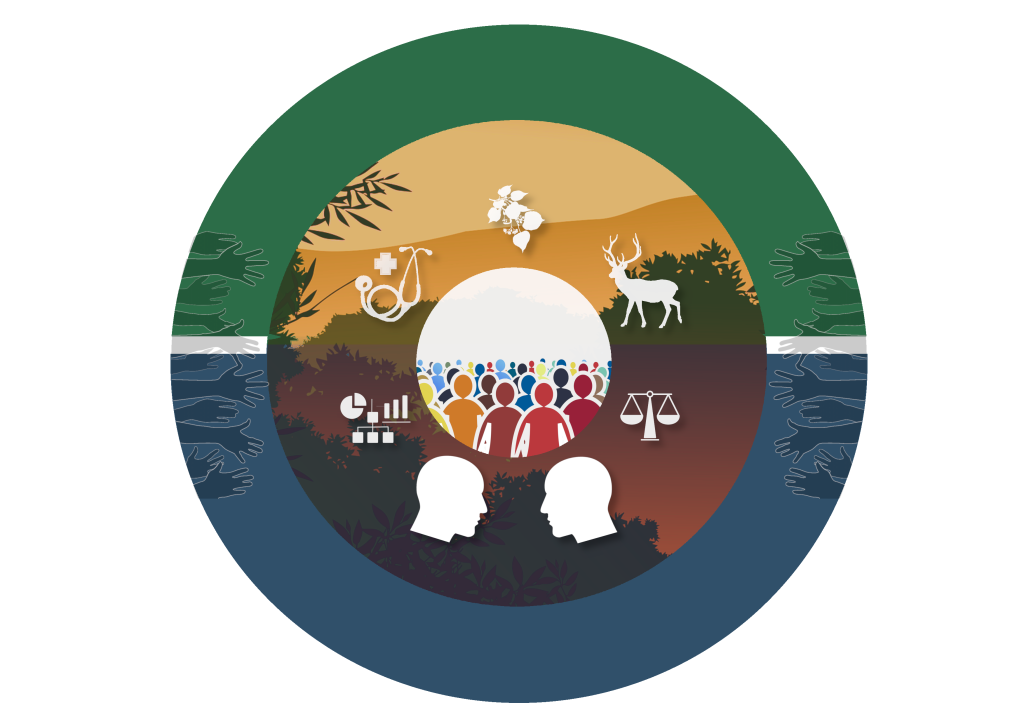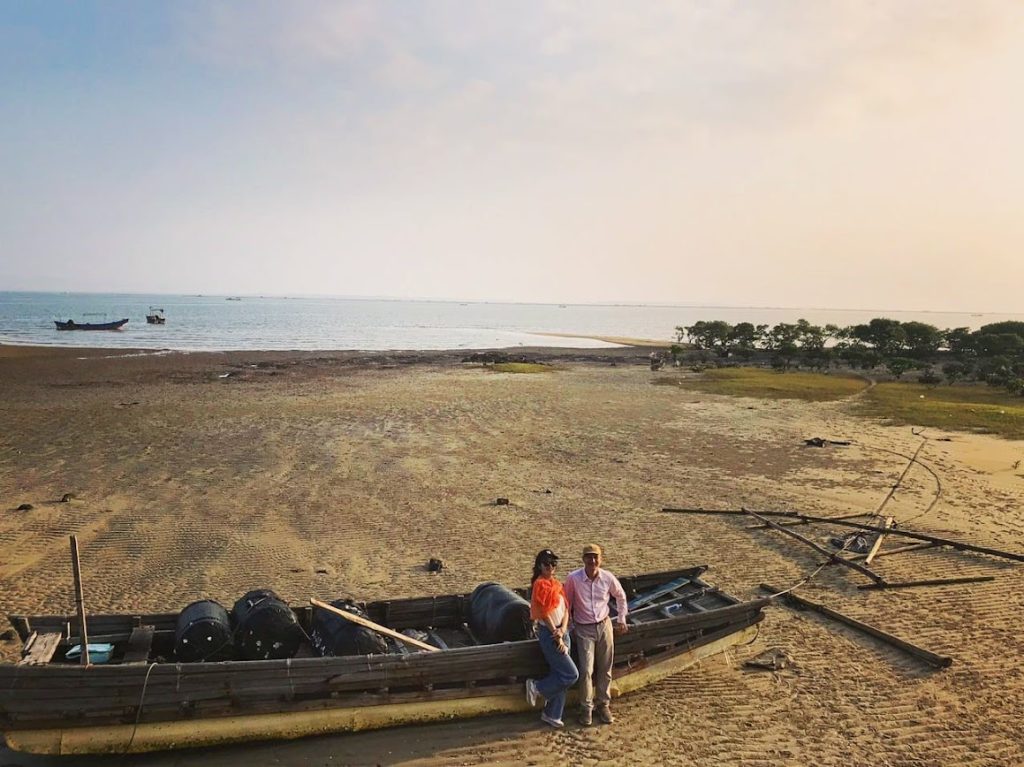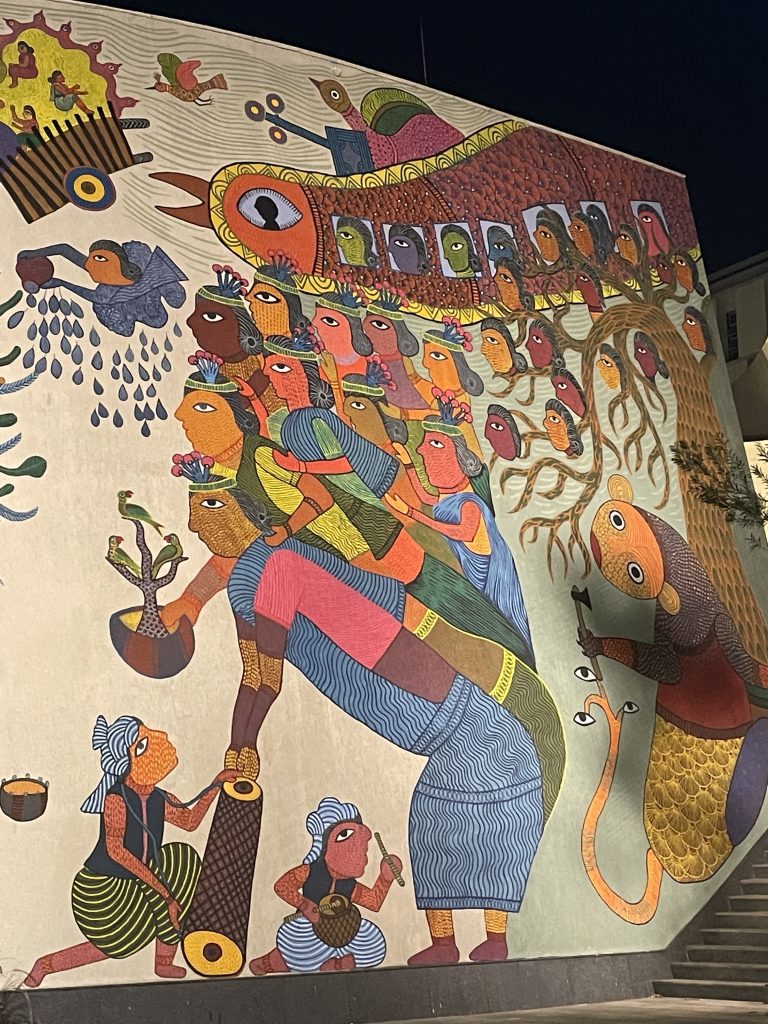Modern zoos and aquariums maintain their animal collections to inspire, engage and educate their visitors, as well as to actively participate in conservation action for threatened species and habitats. Zoos and aquariums are also active scientific institutions, developing novel research projects that stretch across both scientific and humanities disciplines, giving added value to the animals they manage directly in the zoo, and those they help protect out in the wild. Scientific investigation has been at the heart of zoos since their inception. The world’s oldest zoo, London Zoo, run by the Zoological Society of London, was founded in 1826. The zoo has advanced our understanding of anatomy, physiology, behaviour, ecology, veterinary medicine, animal welfare, and animal nutrition, thanks to the accessibility of the non-domestic species housed at the zoo. Now, some two hundred years later, zoos and aquariums across the globe are at the forefront of scientific enquiry, allowing students to seasoned academics the opportunity to collect data and gather information, to answer questions that will benefit both animal and human subjects alike.
Research and conservation
Often in partnership with academic institutions, accredited (e.g. by the Association of Zoos and Aquariums, AZA; European Association of Zoos and Aquaria, EAZA) zoological facilities undertake far-reaching research into pure and applied sciences, social sciences and humanities, as well as being at the cutting edge of questions relating to new forms of technology (e.g. developing novel ways of measuring animal behaviour that can be trialled out in the field) and communication (e.g., evaluating how social media can be harnessed to effectively engage with an audience and spread a message).
Scientific output from zoos and aquariums has advanced our understanding of how to protect and conserve endangered species, from the once ‘extinct in the wild’ Arabian oryx (Oryx leucoryx)—an emblematic species at the heart of the very first coordinated conservation breeding attempt between zoos around the globe—to the critically endangered mountain chicken frog (Leptodactylus fallax). Without research into the species’ needs, husbandry, and care, conservation action could not have enabled the Arabian oryx to be bred and re-released into the wild, nor allowed the mountain chicken frog population to increase and be distributed across 30 zoos globally.
Zoos and aquariums that prioritise animal welfare, education, and research—as per licensing requirements and professional aims—generate impactful scientific data, which enhance our understanding of the natural world, and provide solutions to environmental challenges such as biodiversity loss and climate change. Research, conservation, and education aims enable the zoo and aquarium to build value on why the animal collection is maintained, as well as contributing to wider aims of global sustainability and environmental awareness. The synergy between these three aims means that zoos and aquariums:
- Enable data collection for research across diverse projects areas that is not possible in traditional lab or university settings
- Actively educate the next generation about the importance of the evidence-based approach to all aspects of information-finding and use of information when solving a problem
- Can effectively meet conservation action goals and support conservation in the field and in the zoo, by channeling resources into research (to underpin why conservation is needed) and education (to raise awareness of the threats faced by a species)
Zoos and aquariums share this scientific data with the wider world of their members, visitors and patrons, and other academic-, research- and conservation-focussed institutions. Symposia and conferences allow for the results of zoo and aquarium research to be disseminated to other parties, who can apply the findings to their own research. Conservation is all about collaboration, and these conferences and symposia encourage dialogue and networking that ultimately brings more expertise to planned or on-going conservation action, which only enhances the chances of success for the threatened species involved.
Zoos are also excellent training facilities for future scientists to learn and apply research skills, facilitating the completion of many thousands of projects that have benefits to humans and animals alike. Student research has provided new findings on species’ husbandry requirements and enhanced our knowledge of animal welfare needs in commonly housed taxa, highlighting that research projects completed as training aids for animal-based courses are more than just coursework for the student.
Zoo research has a wider impact than on the animals in their enclosures. Dissemination of how to best promote environmental awareness and a connection with nature during educational visits, enables zoo education programmes to maximise behaviour change. Given the millions of schoolchildren that visit zoos each year, the application of such research into practice has profound and far-reaching impacts on building connectedness with the natural world. Results from in-situ zoo research have been used to better facilitate opportunities for conservation learning out in the field, demonstrating the far reaching outputs of science performed using ex-situ populations.
Conservation research is the foundation for endangered species care, recovery and rehabilitation—a vital last stand for many populations of near-extinct species that, without involvement from zoological establishments, would have disappeared due to negative anthropogenic effects on their habitat. One approach that integrates zoo-based study with ecological information from a species’ native range, can enhance the likelihood of population sustainability and viability for threatened taxa, thereby leading to successful conservation action.
The impact of COVID-19 on zoos and aquariums
Sadly, just like many of the species cared for by dedicated zookeepers and aquarists, this unique environment for scientific investigation offered by the zoo and aquarium is under threat of disappearing. The closure of many establishments to their visitors during the height of the pandemic, and the limitations to accessibility and visitor numbers since the easing of the lockdown, have seriously impacted the financial viability of many zoos and aquariums. Prioritisation of available funding towards animal care is likely to reduce the output of research and conservation activities, as focus turns to essential animal husbandry and welfare activities.
The continued challenges posed by the COVID-19 pandemic to the operation of zoological facilities means that the act of conducting zoo science, and then applying the findings of research to animals of conservation concern, is at risk of extinction. The pandemic has caused some zoos and aquariums to furlough staff and shut down to visitors (in some cases permanently), while others are left strategising their viability with COVID restrictions in place.
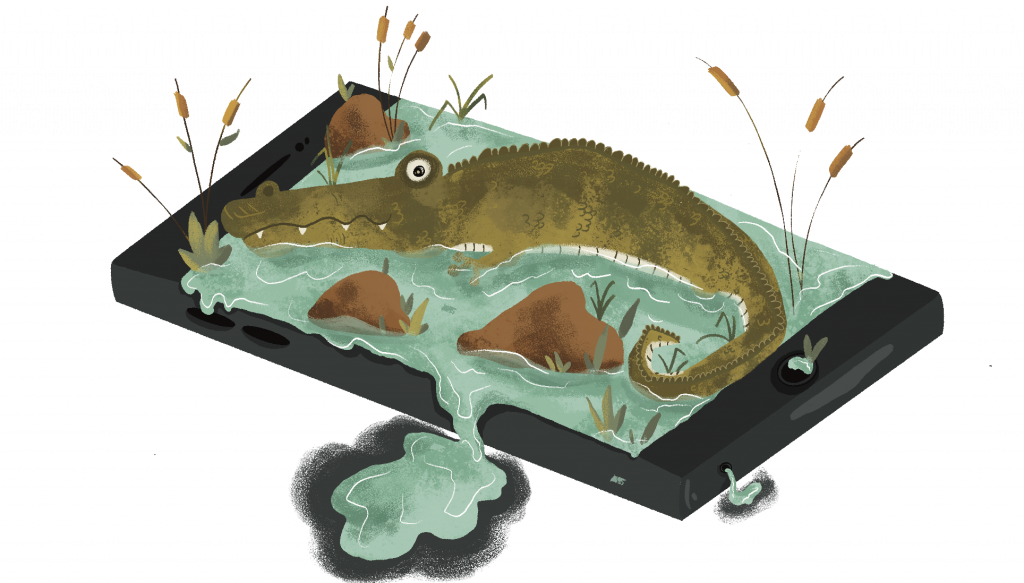
New ways of communicating
In July 2020, the British & Irish Association of Zoos & Aquariums (BIAZA) Research Committee’s research conference, an annual event normally held in a UK or Republic of Ireland zoo, was transformed due to the pandemic into an online, virtual conference, providing a highly visible and accessible platform for zoo research. A month after the event (which typically has around 120 delegates when running as an in-person attended conference), social media analytics show 65,000 people have engaged with the event, with individual talks attracting up to 7,000 views, catapulting zoo science to new audiences globally. Clearly, this is not just an audience of fellow zoo and aquarium biologists, so this online format has increased accessibility to other audiences and brought science and research into the homes of interested individuals, who may not have been engaged otherwise. Talks at the virtual conference featured examples of collaborations between zoos and aquariums with higher education institutions, museums, and in-situ conservation organisations, and were based on results gained from data collected by undergraduate and post-graduate students, alongside work from early career and established scientists.
This is an example of the reach that zoological institutions can have when they harness new forms of communication and engage with their visitors (both in-person and online “zoo-goers”) in a new way—science communication harnessing social media enables reach of larger, more diverse audiences with some zoo output that may, traditionally, be more restricted both in scope and audience. For example, scientific research conferences, which may not traditionally appeal to mass participation can, when presented using social media, seem more accessible and engaging.
It is clear that there is a public appetite to engage with scientific research, and the conference views for this virtual event suggests a far greater reach than only zoo and aquarium researchers. The accessibility of such online research conferences may make them feel less threatening than in-person meetings, and hence a greater diversity of participants are encouraged to attend from the comfort of their own surroundings. Zoos and aquariums need to build an online presence with the aim of encouraging visitors back into the zoo, by showcasing what the zoo and aquarium has done, is doing, and can do if support continues. Channelling this enthusiasm for zoo research into events that can generate income—through donations or ticket sales—for example, where an audience “meets an expert”, could help link the science and research to the wider world, in a virtual fashion, whilst raising funds.
Going forward
As the pandemic continues, zoos, aquariums, and academic institutions must work more closely than ever to ensure that research questions important to biodiversity conservation, population sustainability, human behaviour change, and advancing animal welfare, can continue to be answered, utilising new ways of engaging with researchers and novel methods for data collection. We consider collaboration and diversification of how we conduct research, key to ensuring the sustainability of zoo science, zoos and most importantly, the animal populations they strive to conserve.
Supporting zoos and aquariums through philanthropy and donation is crucial to create sustainable financing of scientific projects and conservation programmes. Engagement with zoos virtually is now easier than ever, with keeper talks being presented live on Facebook and Instagram, and virtual tours being given to online audiences by expert members of zoo staff. Animal adoption and sponsorship projects also generate income that is used to support research and conservation goals, often focussed on the species at the centre of the adoption scheme. It is vitally important that accredited, well-run zoos with scientific, educational and conservation aims at the heart of what they do, remain open. If the restrictions placed on zoos and aquariums cause these multifaceted institutions to go extinct, then many of the species they have cared for, are at risk too.
Further reading
Conde, D., J. Staerk, F. Colchero, R. da Silva, J. Schöley, H. Baden and L. Jouvet et al. 2019. Data gaps and opportunities for comparative and conservation biology. Proceedings of the National Academy of Sciences 116(19): 9658-9664.
Fernandez, E. & W. Timberlake. 2008. Mutual benefits of research collaborations between zoos and academic institutions. Zoo Biology 27(6): 470-487.
Hosey, G., J. Harley and S. Ward. 2019. Research and research training in BIAZA zoos and aquariums. Journal of Zoo and Aquarium Research 7(4): 210-217.


